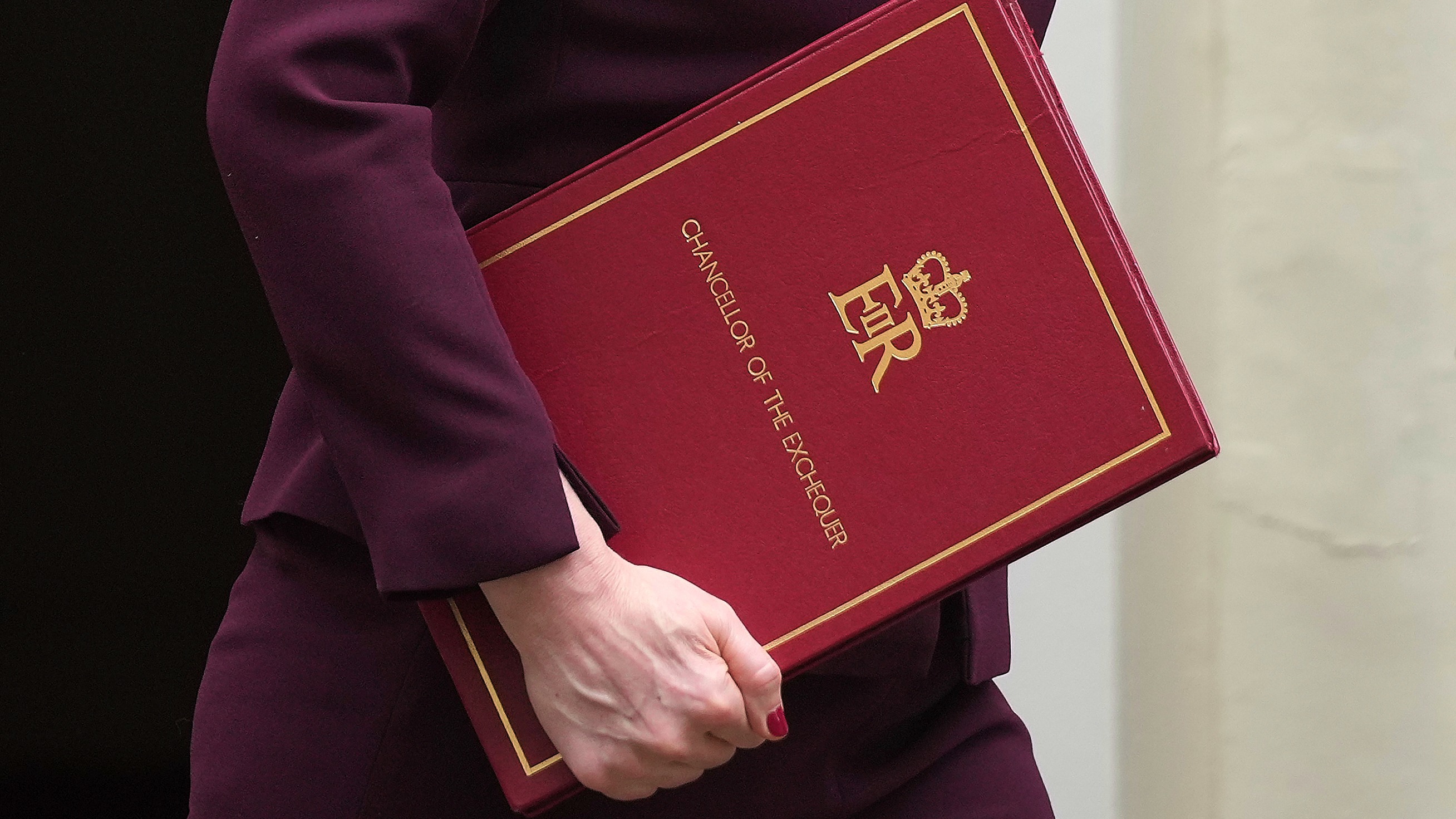
Fiscal drag and National Insurance increases in April 2025 will mean tax as a share of gross domestic product will rise to another record of 37.7% in the 2027-28 tax year, the Office for Budget Responsibility confirmed on Wednesday.
The independent body, whose job it is to scrutinize government spending plans, published its comments in the wake of the government’s Spring Statement, which itself included a raft of revisions to economic growth and inflation projections.
Why Are UK Taxes Rising?
Despite tweaks to the public finances today, the government’s existing plans already mean taxation will reach a record high during the period the government is projecting, the OBR said.
“Tax as a share of GDP is forecast to rise from 35.3% this year to a historic high of 37.7% in 2027/28 and remain at a high level for the rest of the forecast,” its documents said.
“The sharp forecast increase in 2025/26 is largely due to the Autumn 2024 Budget increase in employer National Insurance Contributions, which take effect in April 2025, and an expected recovery in capital tax receipts.
“The further forecast rise in the tax take to 2027/28 is mainly due to growth in nominal earnings combined with frozen tax thresholds,” it added, a concept known as “fiscal drag” that occurs when rising wages push workers into higher tax bands because of frozen thresholds.
In the Autumn Budget, the chancellor confirmed that income tax thresholds will be uprated in line with inflation from 2028-29, having been frozen by the previous government in 2022. By this time many more people will have been “dragged” into the higher and additional rate tax bands—which currently kick in at £50,271 and £125,140.
“The absence of further tax measures today should provide only limited comfort as the tax burden is only going to ratchet up from here,” says Jason Hollands, managing director of wealth manager Evelyn Partners.
These include changes to CGT, IHT, and VAT already introduced by the Labour government since July 2024.
What Did the Spring Statement Say?
In the statement, Chancellor Rachel Reeves confirmed the restoration of a series of “non-negotiable” fiscal rules, including balancing the government’s budgets by 2029-30 so that day-to-day departmental spending is met by tax receipts alone.
The government’s efforts to reduce its spending deficit—an annual amount of borrowing used to fund normal government activities—had recently been upended by global uncertainty, which increased the cost of government interest payments and put a squeeze on the Treasury’s fiscal “headroom”.
In response, Reeves has made cuts to the UK’s welfare budget and initiated a cost-cutting drive across Whitehall.
In confirming the government’s “headroom”, Reeves outlined plans for a fiscal surplus of £6 billion by 2027-28, £7.1 billion in 2028-29, and £9.9 billion in 2029-30.
If she had not made any changes to the government’s plans, Reeves said there would still be a fiscal deficit £4.1 billion in 2029-30.
In the Spring Statement, Reeves put an optimistic tilt on some of the government’s current challenges, not least of which are higher defense spending and the UK’s poor economic growth projections.
UK GDP Forecasts Cut, Then Raised
On the latter, she said the OBR is the latest economic body to revise downward its projections for UK GDP growth, from 2% to 1% in 2025. GDP is then projected to increase by 1.9% in 2026, 1.8% in 2027, 1.7% in 2028, and 1.8% in 2029, the OBR said.
Nevertheless, the OBR’s expectations are still more optimistic than those made by the Bank of England, which expects UK GDP rise by 0.7% in 2025.
On inflation, the OBR expects annual inflation to average 3.2% in 2025, 2.1% in 2026 and hit the Bank of England’s 2% target in 2027.
“From 2026 onwards, CPI inflation falls rapidly back to around the 2% target as energy prices drop, food price inflation falls, and wage growth eases back from currently-elevated levels,” it predicts.
On this, the Bank of England is also more pessimistic. At its February quarterly monetary report, the Bank said it expects headline CPI to be 2.8% in the first quarter of 2025, before rising to 3% in the first quarter of 2026, and then falling to 2.3% in the first quarter of 2027. Only by 2028 will CPI inflation sit under the 2% target, it said.
Elsewhere in the statement, Reeves confirmed several new defense spending measures, including an additional £2.2 billion for the Ministry of Defence in the next financial year.
What Did The Spring Statement Not Say?
As markets and commentators expected, there was next to no mention of individual taxation in the Spring Statement speech itself, save for Reeves’ own comments about not raising the headline rates of income tax.
However, subsequent content issued by the Treasury confirms that the government is still looking at reforms to the UK’s ISA taxation regime to encourage savers to invest in growth businesses.
“The government is looking at options for reforms to ISAs that get the balance right between cash and equities to earn better returns for savers, boost the culture of retail investment, and support the growth mission,” it said.
“Alongside this, the government is working closely with the Financial Conduct Authority to deliver a system of targeted support to give people the confidence to invest.”
Will the Bank of England Continue to Cut Rates in 2025?
As the independent body responsible for setting interest rates in the UK, the Bank of England’s decisions are being closely watched by traders and investors.
At its latest meeting on March 20, the Bank’s Monetary Policy Committee voted by a majority of 8-1 to hold interest rates at 4.5%.
Interest-rate swaps data shows a 76.8% chance of another rate cut at the bank’s May meeting. Data had previously showed a 55.6% chance of a further cut in August. The chance of this happening has now fallen to 44.2%, below that required for market consensus. This would potentially leave UK interest rates at 4.25%, which would still be higher than in recent years.
There is still significant uncertainty surrounding this, however. At the moment, the geopolitical picture changes daily, and investors in equities and bonds alike are anxious to know about the knock-on effects of the Trump administration’s tariffs, alongside any deals done with Russia and Ukraine over the latter’s future. The next significant date is April 2, when more US tariffs are expected to be imposed.
Investors will get their next update on future interest rates from the Bank of England when it publishes its quarterly monetary policy report on May 8.
The author or authors do not own shares in any securities mentioned in this article. Find out about Morningstar's editorial policies.























